Collections in this Category
-
-34%
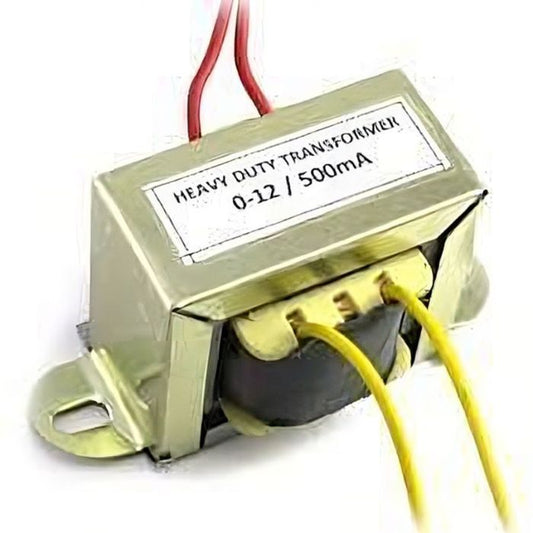
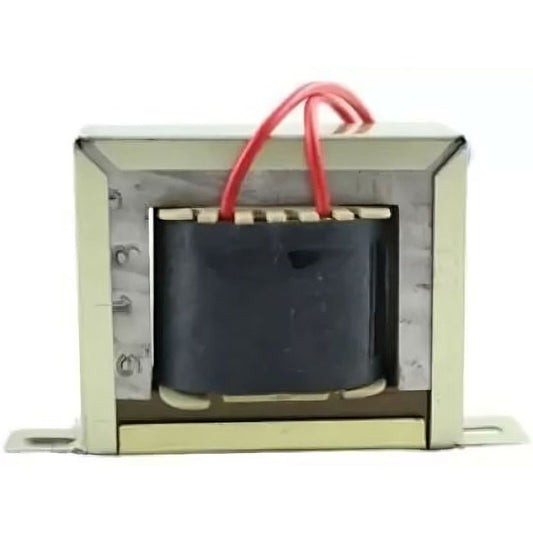
12-0-12 Transformer-500mA
Regular price Rs. 99Regular priceUnit price perRs. 149Sale price Rs. 99Incl. GST (No Hidden Charges)Sale -
-36%
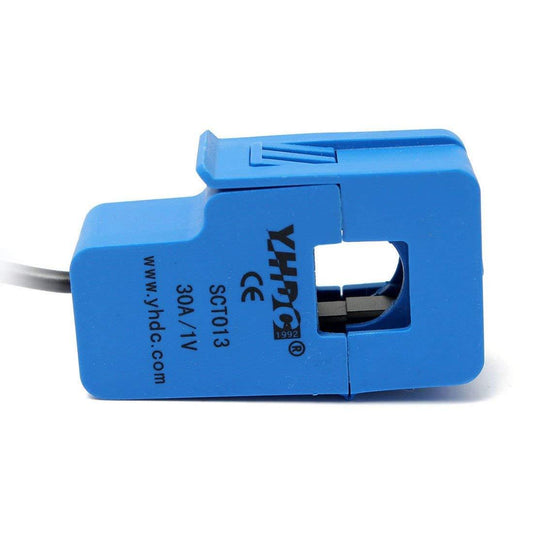
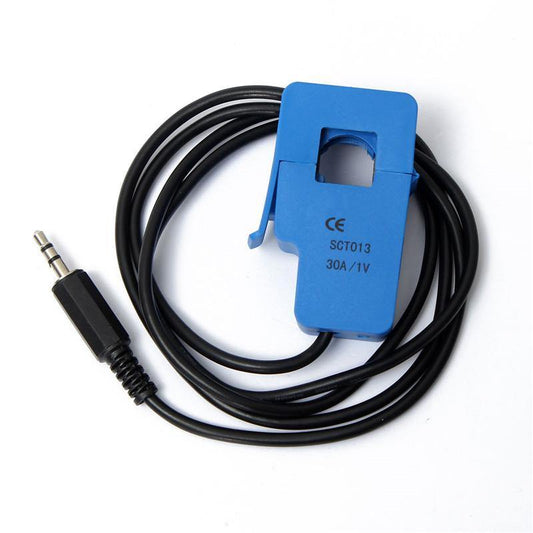
Non-Invasive SCT-013 30A AC Sensor Split Core Current Transformer
Regular price Rs. 354Regular priceUnit price perRs. 549Sale price Rs. 354Incl. GST (No Hidden Charges)Sale -
-15%
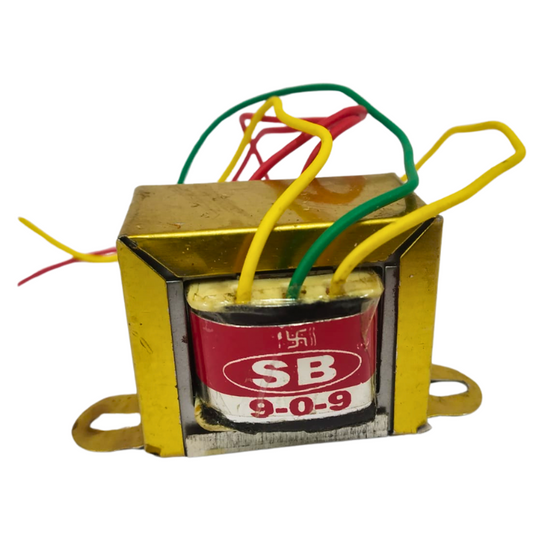
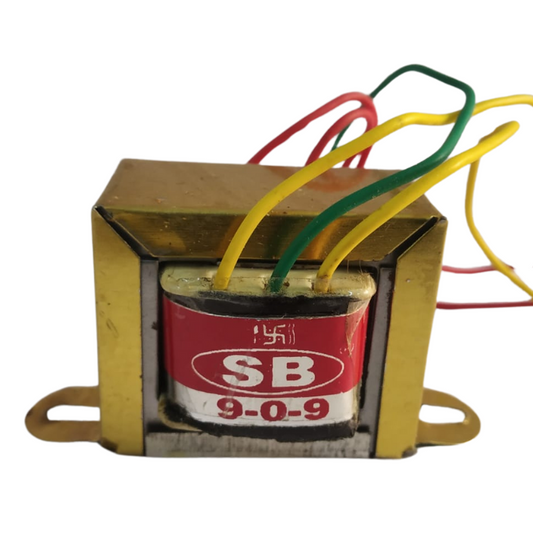
9-0-9 500mA Transformer
Regular price Rs. 84Regular priceUnit price perRs. 99Sale price Rs. 84Incl. GST (No Hidden Charges)Sale -
-31%
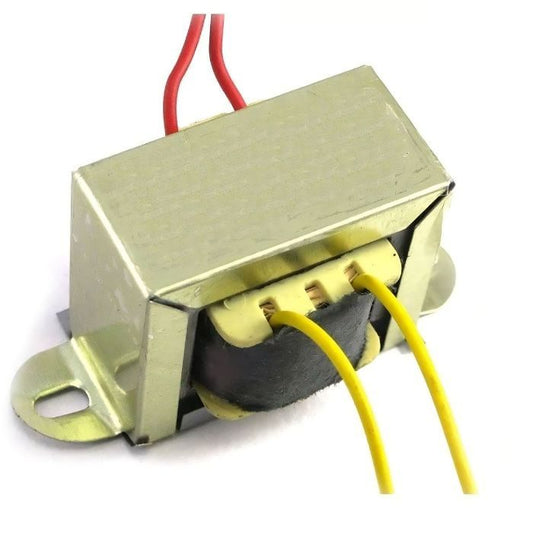
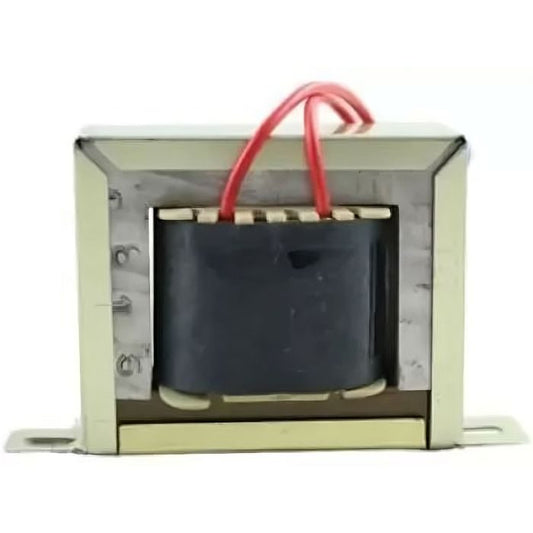
12V 1A Transformer - 1000mA
Regular price Rs. 162Regular priceUnit price perRs. 236Sale price Rs. 162Incl. GST (No Hidden Charges)Sale -
-41%
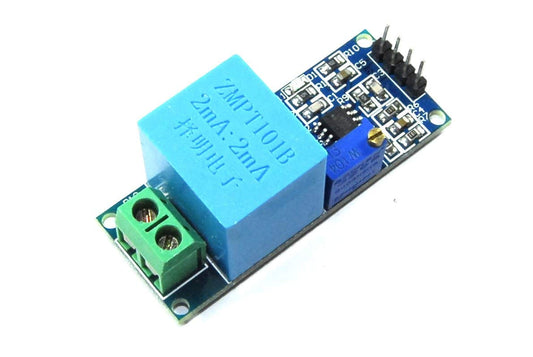
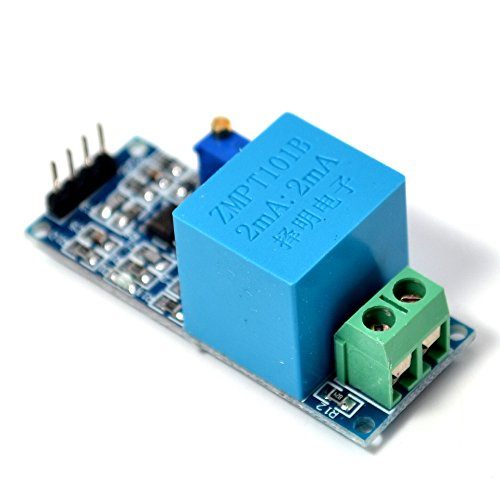
ZMPT101B AC Single Phase Voltage Sensor Transformer Module
Regular price Rs. 109Regular priceUnit price perRs. 186Sale price Rs. 109Incl. GST (No Hidden Charges)Sale
Buy Electronic Transformers Online
We at Robocraze aim to make sure you have the best electronic components and supplies for your DIY projects. We provide an excellent selection of electric transformers that are ideal for engineers, students, and beginners alike.
Take a look at our range of electric transformers tailored to your needs. The 12-0-12 Transformer (500mA) is a solid choice for smaller projects, giving you a reliable 12-0-12V output and 500mA current to power low-voltage circuits. If you're looking for a hassle-free way to measure AC current, our Non-Invasive SCT-013 30A AC Sensor Split Core Current Transformer lets you monitor up to 30A without complicated wiring.
If you want different voltage options, the 9-0-9 500mA Transformer is the appropriate choice, which offers a consistent 500mA current and a variable 9-0-9V output. For extra power, use our 12V 1A Transformer (1000mA), which provides a reliable 12V at 1A current for larger applications. The ZMPT101B AC Single Phase Voltage Sensor Transformer Module is the ideal transformer for getting accurate voltage readings.
You can rely on performance and dependability from Robocraze's premium transformers to make sure your projects succeed. Now is the time to upgrade your workplace with Robocraze's most prominent transformers and electronic components!
Transformers Price
Popular Searches
Raspberry Pi | M5Stack | Development Boards | DIY Kits | 3D Printers/Pens | Arduino | Sensors | Drone Parts | Motors & Mechanical | Displays | Batteries & Power Supply | Tools & Instruments | Cables & Connectors | Prototyping & Misc | IOT & Wireless
1. What is a transformer?
A transformer is an electrical device that controls and adjusts the flow of electricity. It consists of a magnetic core surrounded by two wire coils. When you connect the primary coil to an AC source, you get a changing magnetic field. This, in turn, causes an alternating current in the secondary coil.
2. What does an electronic transformer do?
An electronic transformer helps transfer electrical energy between circuits using electromagnetic induction. It has a magnetic core wrapped with two coils a primary coil connected to an AC source and a secondary coil for a different circuit. When current flows through the primary coil, it creates a changing magnetic field, which in turn induces an alternating current in the secondary coil. The ratio of turns in the coils dictates how the transformer adjusts voltage, either stepping it up or down as needed. Despite the energy transfer, the two coils are always electrically isolated, ensuring safe and efficient operation. Understanding how a transformer works helps you choose the best one for your project.
3. What is the use of an electronic transformer?
Electronic transformers are key players in many aspects of our everyday lives, helping deliver electricity safely and efficiently. In power generation, they step up the voltage so electricity can travel long distances from power plants to the grid.
For homes and businesses, transformers adjust voltage levels to ensure safe and reliable power. In lighting, they lower the voltage to protect light bulbs and improve their lifespan. In audio systems, transformers fine-tune the voltage for the best sound quality from speakers. And in electronic devices like computers, TVs, and cell phones, they provide the right voltage for smooth operation.
4. Do transformers convert AC to DC?
No, transformers don't directly convert AC to DC. Instead, they adjust AC voltage up or down as needed. Transformers work by transferring energy between circuits using magnetic coupling. They either step up the voltage to a higher level or step it down to a lower level, but the current remains AC.
While transformers themselves can't change AC to DC, they can be part of a larger setup that does the job. For example, in a power supply system that converts AC to DC, a transformer first adjusts the AC voltage, and then other electronic components like rectifiers handle the conversion to DC.
5. What are the advantages of transformers?
Transformers are key in efficient and safe electricity distribution. They adjust voltage levels, allowing efficient long-distance transmission and safe delivery to homes and businesses. By managing voltage, transformers reduce energy loss and minimize electrical hazards. They're versatile, serving in power, audio systems, lighting, and electronic components. Known for durability and reliability, transformers require little maintenance and protect sensitive electronic components by separating primary and secondary circuits. In short, transformers are essential for delivering electricity effectively across various settings.










